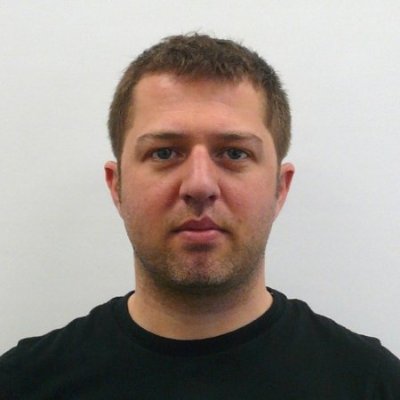SAHA Induced Mechanism of HIV Reactivation from Latency

Abstract
Despite heroic efforts and better highly active antiretroviral therapy (HAART), HIV remains a lifelong infection that interferes with productivity, decreases lifespan, and is ultimately fatal. Wide-ranging vaccine trials have failed. Thus, this is an opportune time to turn to the persistent infection, and develop new therapies to purge the reservoir of HIV from the infected host. Published results demonstrated that suberoylanilide hydroxamic acid (SAHA), an FDA-approved histone deacetylases (HDACs) inhibitor, reactivates HIV from latency in chronically-infected cell lines and primary cells. This activation is initiated through the PI3K/Akt pathway, and converged at activation of P-TEFb, a critical activator of HIV transcription. Unfortunately, SAHA is very badly tolerated as a drug and therapy adherence is low. Since SAHA is a pan-HDAC inhibitor, we reason that delineation of the major HDAC(s) involved in SAHA mediated HIV reactivation can lead to more specific, less toxic and thus better tolerated drugs. Since SAHA mediated HIV reactivation involves the cytoplasmic PI3K/Akt pathway we postulate the involvement of the cytoplasmically localized HDAC6. Indeed, preliminary data presented here indicate a major role for HDAC6 in SAHA mediated HIV reactivation. We wish to further delineate the exact involvement of HDAC6 and its cytoplasmically localized target proteins, tubulin and Hsp90, in the HIV reactivation mechanism of SAHA. This could potentially broaden the therapeutic targets for reactivation of HIV from latency. ShRNA knock- down and expression of catalytically inactive proteins as well as specific inhibitors of HDACs and Hsp90 will be employed to this purpose. Relevant cell lines and cells from HIV-1 infected patients will be used to validate our findings.